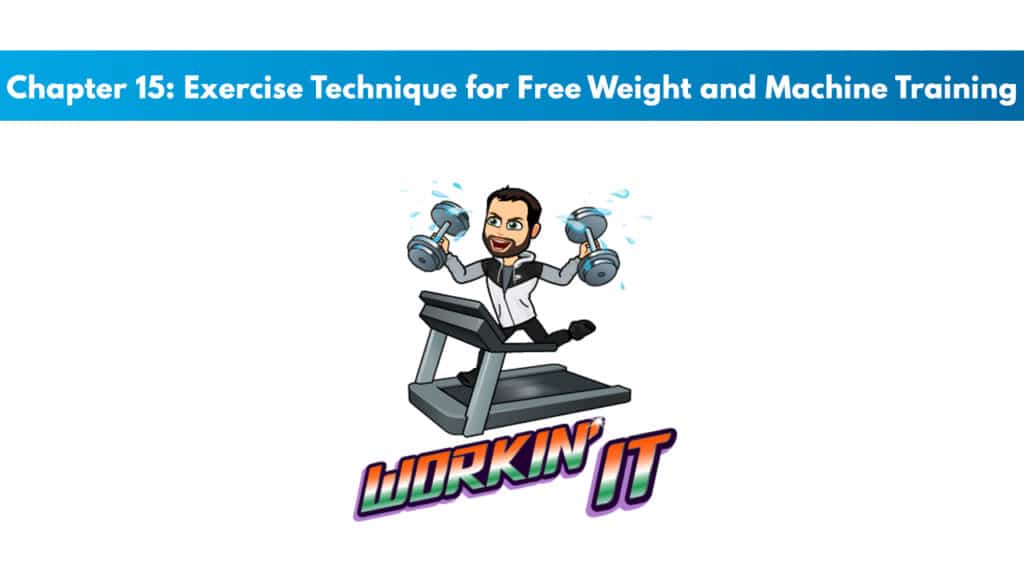
Get your copy of the NSCA CSCS exam cheat sheet. It helps immensely for studying for the exam.
My PTP students report cutting their CSCS study time and effort in half with Trainer Academy.
Benefit from the Exam Pass Guarantee and Retake Fee Guarantee. Plus, take advantage of my current discount code PTPJULY for 35% off the MVP Program (Ends July 16th, 2025).
Try it out for free here to see if it’s right for you, or read my detailed review for further insights.
Chapter Goals:
- Learn general techniques that have to do with performing resistance training techniques properly.
- Give guidelines for breathing.
- Know the times to wear a weight belt.
- Give spotting recommendations for free weight exercises.
- Explain the proper resistance training and spotting techniques.
Exercise Technique Fundamentals
Handgrips
Pronated Grip: Palms face down, knuckles face up.
Supinated Grip: Palms face up, knuckles face down.
Neutral Grip: Knuckles face to the sides, like when you shake hands.
Alternated Grip: One hand is pronated and the other is supinated.
Hook Grip: Like pronated, but the thumb stays under the index and middle finger.
Exclusive PTP CPT Offers |
||
|---|---|---|
Most Popular Cert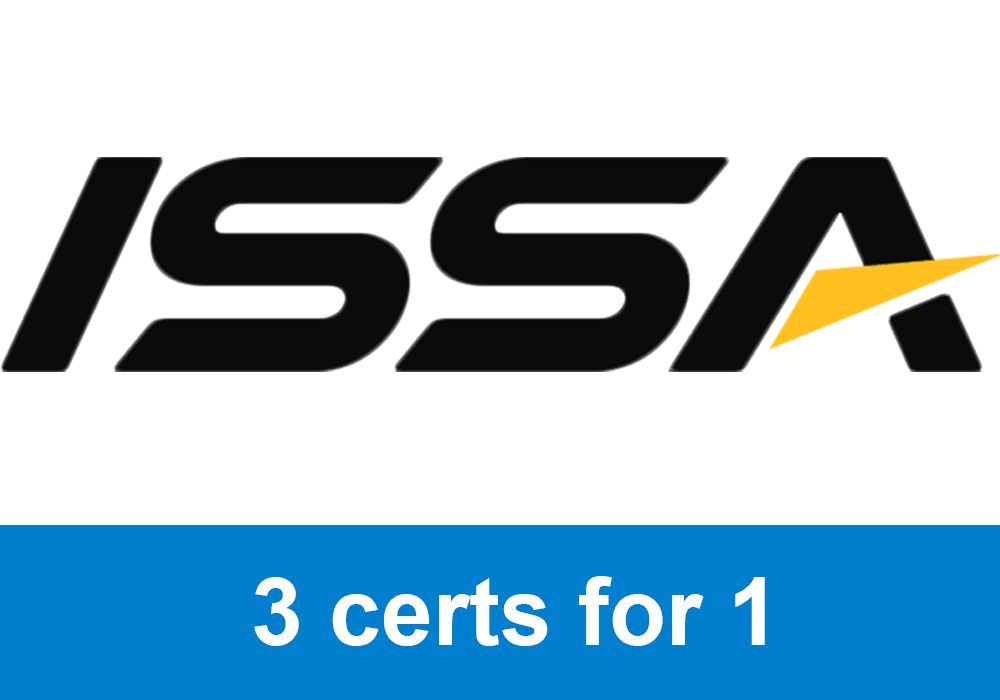 | Best Online NCCA Cert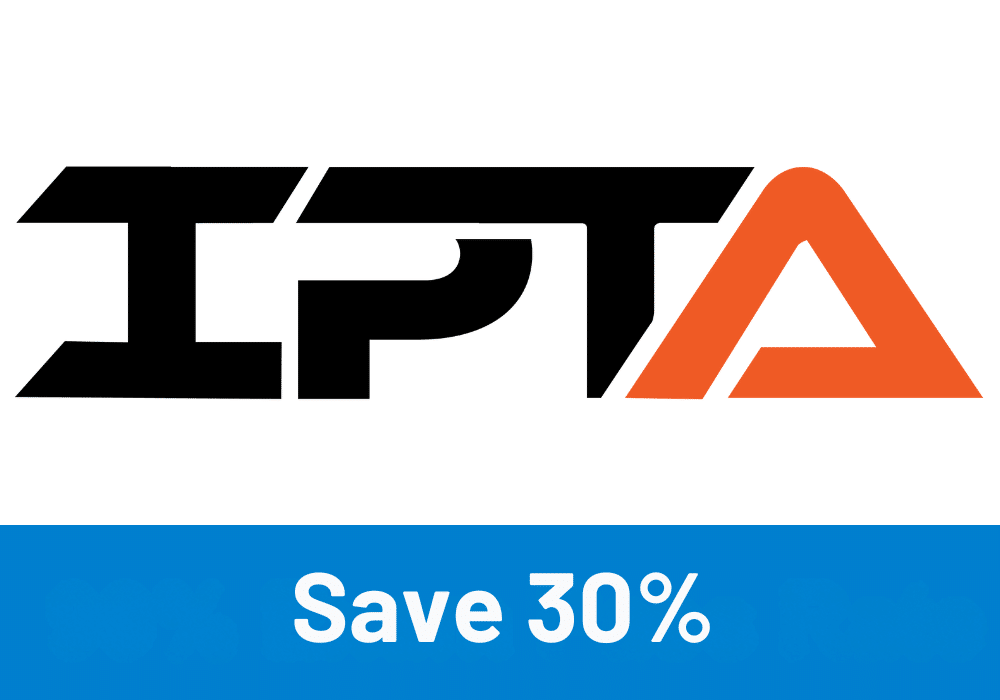 | Best Study Materials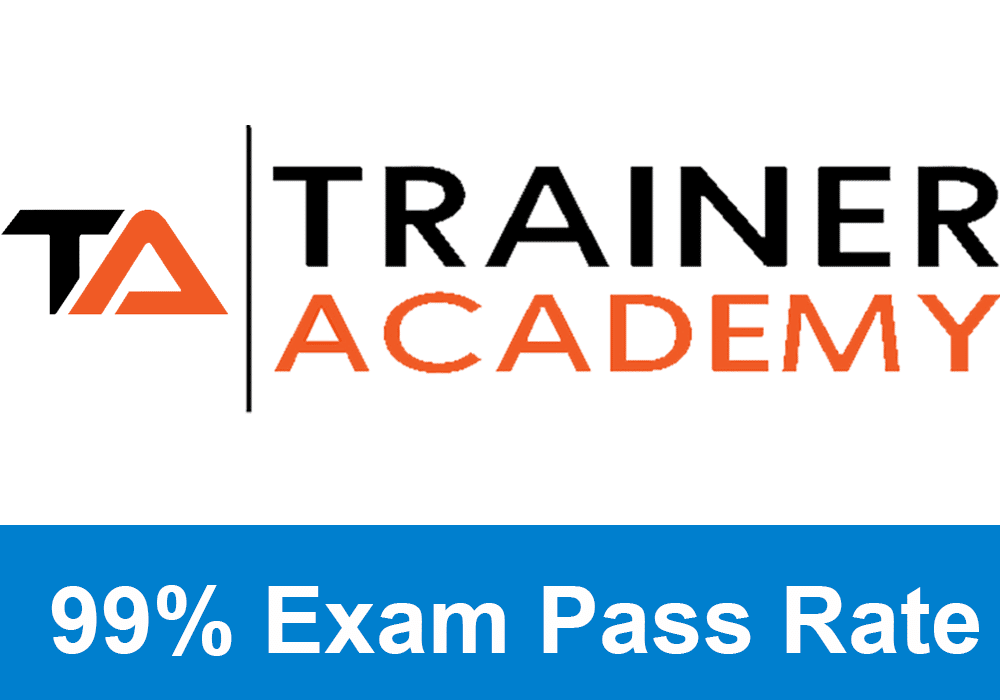 |
Gold Standard Cert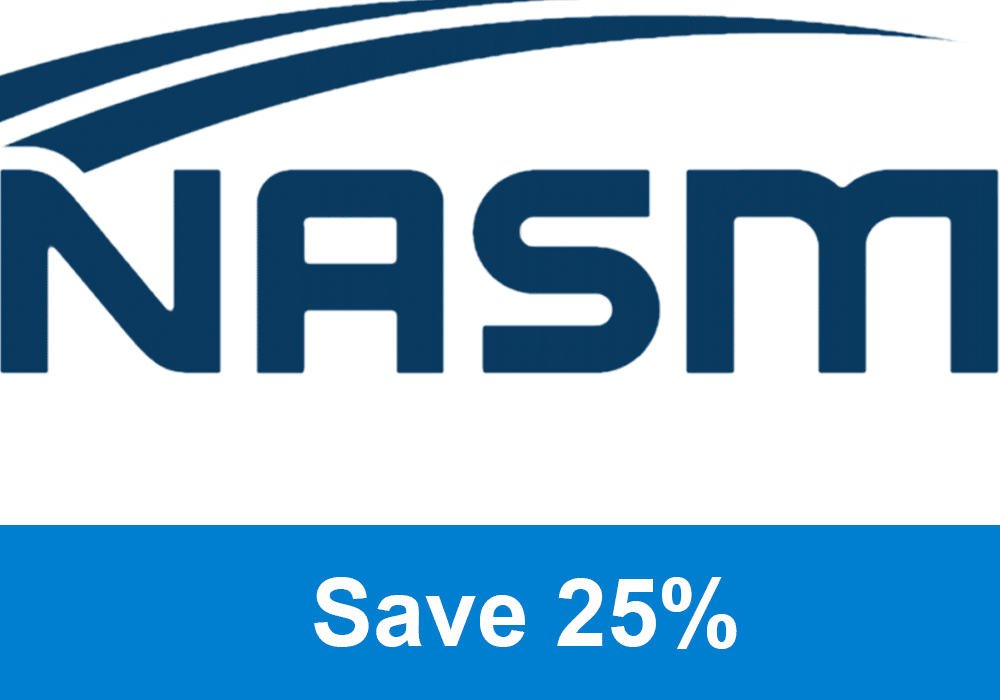 | A Good Option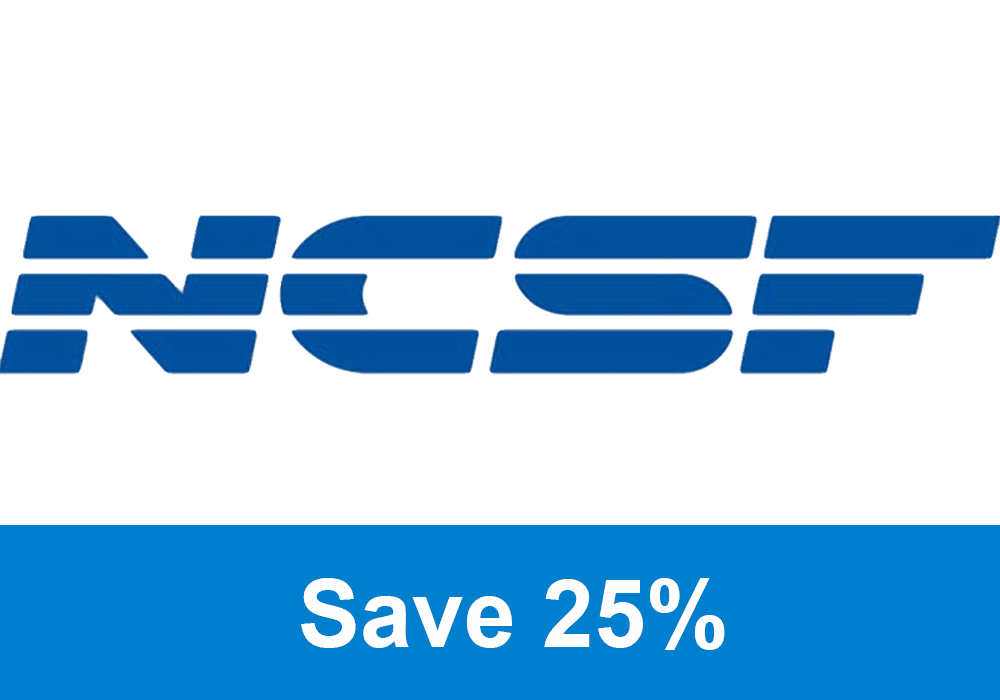 | Best CPT for you? 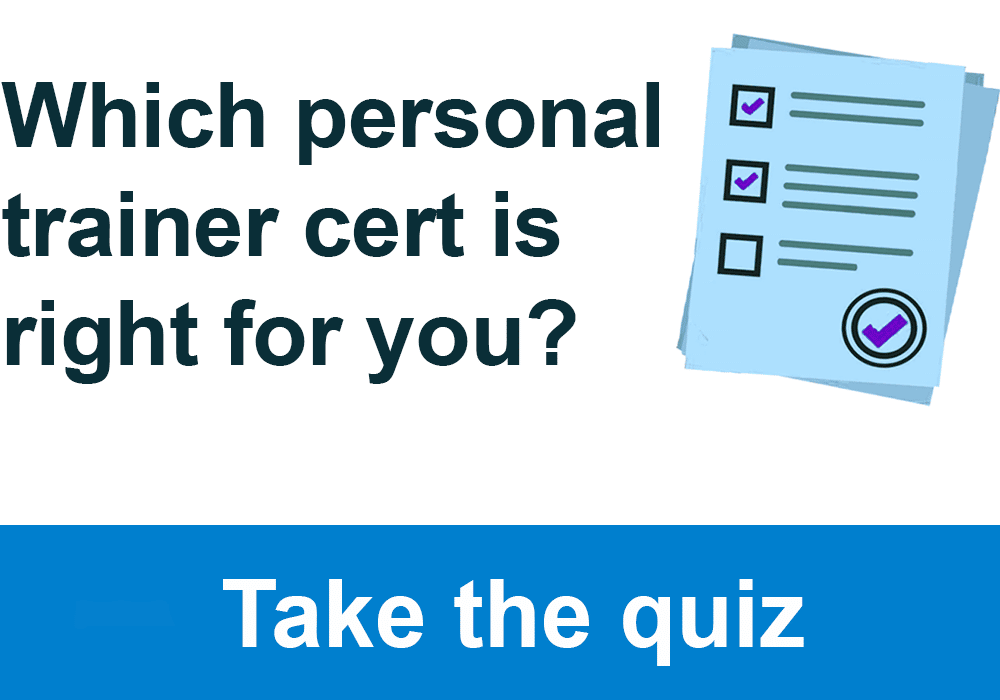 |
Closed Grip: The thumb wraps over the bar.
False Grip: The thumb doesn’t wrap over the bar.
Stable Body and Limb Positioning
Stable positions allow athletes to stay in proper body alignment while exercising. This places stress in the right places.
Free and machine weight exercise requires this sable position.
Five point body contact position.
- The head is firm on the bench.
- The shoulder/upper back is firm and even on the bench.
- The butt is even on the bench/seat.
- The right foot is in contact with the ground.
- The left foot is in contact with the ground.
Standing exercises require the feet to be more than hip width. The heels and balls of the feet maintain contact on the floor. Seated and supine exercises also require the 5 point position.
Before machine exercises, the seat and pads must be adjusted so the joint can be aligned with the machine.
Range of Motion and Speed
Full ROM gives max value to an exercise and improves your flexibility.
Controlled and slow movements make it easier for full range of motion, but quick movements are better for power exercises.
Breathing Considerations
The most strenuous portion of a movement is the sticking point. This happens when you transition from eccentric to concentric.
Tell athletes to exhale at the sticking point and inhale when the move is less stressful.
Exclusive PTP CPT Offers |
||
|---|---|---|
Most Popular Cert | Best Online NCCA Cert | Best Study Materials |
Gold Standard Cert | A Good Option | Best CPT for you?  |
The Valsalva Maneuver
This is used by experienced and well trained resistance athletes during structural exercises.
This assists in keeping good vertebral alignment.
To perform this, we expire against a closed glottis while also having the abdomen contracted along with the rib cage muscles. This creates rigid compartments full of fluid in the lower part of the torso and with air in the upper parts of the torso.
This maneuver can help to keep the normal lordotic position of the spine and an erect upper torso.
Weight Belts
Athletes usually wear belts when doing exercises that use the lower back and with sets of near to full max load.
If the move doesn’t load the lower back, you shouldn’t use it.
Spotting Free Weight Exercises
Spotters assist in executing exercises to stop injuries from occurring.
Spotters also help by motivating athletes in forced reps.
Spotting Overhead Exercises and Exercises with Bar on the Back or Front Shoulders
This will promote safety for the lifter, the spotter, and anyone nearby. Overhead exercises and ones with the bar on the back or shoulders must be done within a power rack with crossbars at the right height.
When exercising out of the rack with these exercises, you can get seriously injured.
Skilled and well-trained athletes should only perform these, as spotted by pros.
Spotting Over the Face Exercises
When potting these, you should grab the bar with an alternated grip narrower than the athletes. Some moves with a curved trajectory should have the supinated grip used to spot the bar.
Dumbbell exercise spotting.
- Spot as close as possible to the dumbbells.
- Spotting on the arms can lead to more injury.
- Some exercises require hands to be placed on the dumbbell themselves.
- Never Spot Power Exercises
Number of Spotters
Depends on the load, experience, and ability of both the spotters and the athlete.
Once one spotter cannot spot due to the weight, another spotter must come in.
One spotter is the preference if they can easily take the weight.
Two or more spotters need to coordinate with the athlete and themselves.
Communication Between Athlete and Spotter
Use a liftoff
Moving the bar from the uprights puts the athlete in a ready position.
The spotter and athlete need an agreed upon verbal signal.
Amount and Timing of Spotting Assistance
Many athletes need enough help to complete the rep, but some may have to have the spotter take the whole load.
The athlete needs to stay with the bar until it is racked.
Check out Trainer Academy for the best CSCS study materials. They even offer an exam pass guarantee. They have incredible study materials for the CSCS and I have a special limited-time discount for my readers. I also suggest you check out my review on Trainer Academy here.

 Have a question?
Have a question? 



Tyler Read
PTPioneer Editorial Integrity
All content published on PTPioneer is checked and reviewed extensively by our staff of experienced personal trainers, nutrition coaches, and other Fitness Experts. This is to make sure that the content you are reading is fact-checked for accuracy, contains up-to-date information, and is relevant. We only add trustworthy citations that you can find at the bottom of each article. You can read more about our editorial integrity here.